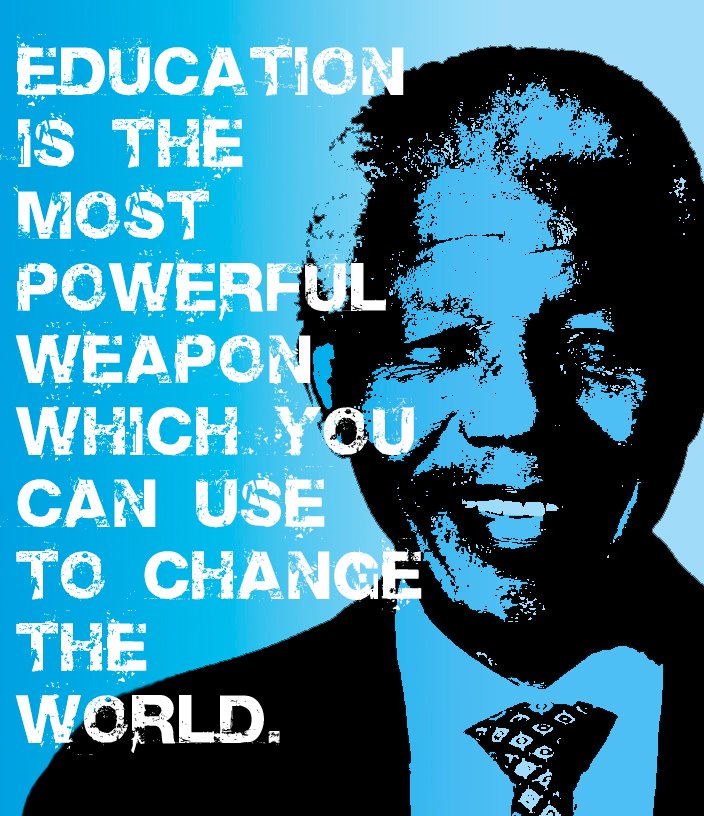1. Seating Plan
This is a constant variable within all great classroom managers. I
t is designed to maximise the learning potential of the students in the class. When done well students with particular needs are identified and place strategically. When done right students who show a potential for disruptive behaviour are neutralised by those around them.
2. Modelling best practice

One of the most effective classroom management strategies is when the teacher models the behaviour, attitude and work ethic the students are required to have. Some of the greatest teachers that I have had the chance to observe have presented themselves in such a way. This practise has become the corner stone for my teaching. Every week my Year 7 students must go to the library for 30 minutes to actively read and discuss the novels they have read. When the students read, I also read. I am not actively walking around the room checking that students are doing the right thing.
There is no need to. Having a book in my hand is added powerful strategy. If a student talks, I will often hear his/her peers state 'Shh Sir is trying to read and so am I'. Modelling is best practice. How are you going to encourage student engagement and learning, if you yourself are not engaged and ready to learn?
3. Humour
This is a technique that is only used by some of the most skilled teachers. Humour is a powerful tool within the classroom for managing behaviour and creating an enjoyable atmosphere. This is a tool that only VERY skilled teachers exercise as the teacher has the skill to pull off the jokes without offending or crossing the line. This tool is best used once the teacher has met and understood the students as it requires the teacher to have an understanding of the student's sense of humour. Humour, for the most part, is the most effective tool in teaching as it gently defuses any situation, allows students to understand the need to refocus and do the right thing and above all it allows students to still feel as if they have had a gentle reminder rather than being punished for being off task.
4. Admitting when you are wrong
 In the education profession, teachers are seen by society as pinnacle know-it- all's. 'If the teacher doesn't know the answer, then how is my child going to?' is a constant comment said on a whim by parents. But the reality is, teachers are human beings. They are explores of knowledge and advocates of curiosity. However, teachers are not know-it-alls and the first people to admit this is often students. Occasional reminders to students that we are not all knowing and powerful makes us a little more human to them. Rita Pierson once said 'Tell a kid you're sorry and they are in shock.' Not only are they in shock that you have admitted a mistake but they have also respected you more for being honest. For children, society rams honesty down their throats as a quality all good humans possess. So if society is asking children to be honest, they expect honesty, and in turn when given honesty (even if it is admitting that you don't know the answer or you accidentally misspelt something on the board) students reward you with immense respect.
In the education profession, teachers are seen by society as pinnacle know-it- all's. 'If the teacher doesn't know the answer, then how is my child going to?' is a constant comment said on a whim by parents. But the reality is, teachers are human beings. They are explores of knowledge and advocates of curiosity. However, teachers are not know-it-alls and the first people to admit this is often students. Occasional reminders to students that we are not all knowing and powerful makes us a little more human to them. Rita Pierson once said 'Tell a kid you're sorry and they are in shock.' Not only are they in shock that you have admitted a mistake but they have also respected you more for being honest. For children, society rams honesty down their throats as a quality all good humans possess. So if society is asking children to be honest, they expect honesty, and in turn when given honesty (even if it is admitting that you don't know the answer or you accidentally misspelt something on the board) students reward you with immense respect.

No comments:
Post a Comment